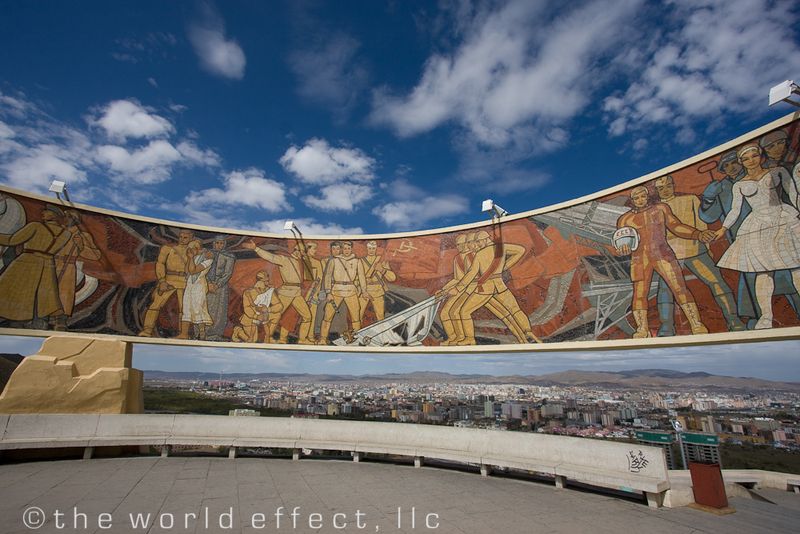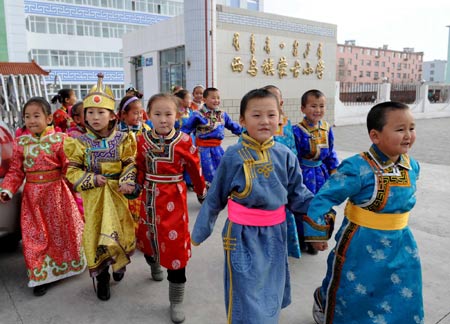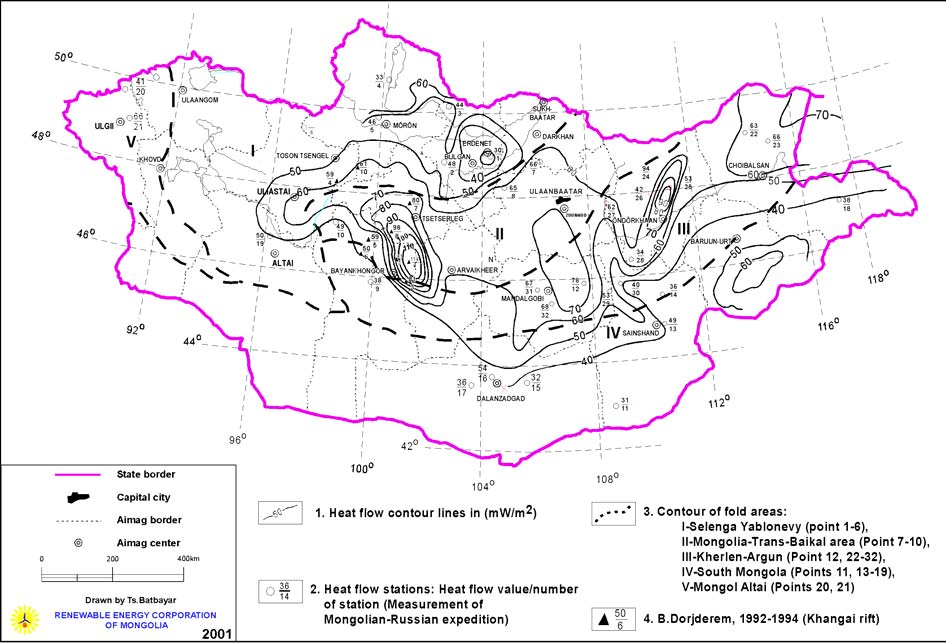Mongolian Cultural Symbols
Mongolia's land itself can be described as barren and unforgiving, but what lies beneath are treasures from one of the greatest empires to ever exist.
Mongolia was once the home capital of one of the largest empires to exist in history, only being beat by the British empire in population. Therefore, Mongolia is home to many cultural and historical symbols regarding it's history of the nomadic Mongols.
One such symbol is the
horse
 |
| Source: http://s1.ibtimes.com/sites/www.ibtimes.com/files/styles/picture_this/public/2012/04/06/259181-mongolia.jpg?itok=yvzoc_eV |
While not exclusive to Mongolia, mastery of the horse is the most recognizable trait among Mongols. The horse was (and still is) the most reliable mode of transportation for the steppes that populate most of Mongolia. Genghis Khan’s Golden Horde, that created one of the largest empires to ever exist, would not have been successful without the horse’s speed, mobility and agility. To this day, the horse is still used as a mode of transportation (in competition with camels) among villagers for primary transportation.
To
go along with horses, the Mongolian steppes are another recognizable symbol of
Mongolia.
 |
| Source: http://www.shropshiremagazine.com/wp-content/uploads/2011/08/aug11-patersonb.jpg |
The
steppes are a geographic combination of plains, canyons, deserts, hills and
mountains all together. As such, mobility can be quite limited without proper
transport. This sometimes harsh landscape is what permitted the Mongols of the
Golden Horde to have such highly skilled horse mounted warriors. Certain
elements of the steppes are ideal for farming though. Therefore, farming has
been a dominant industry in Mongolia for centuries.
While many other symbols exist to represent Mongolia, the Yurt is what many would find to be the most interconnected with Mongolia's nomadic history and culture.
 |
| Source: http://www.beagleybrown.com/wp-content/uploads/2010/09/Mongolian-yurt.jpg |
The Yurt is a traditional Mongolian home (and actually translates to home) designed to suit the needs of a nomadic tribesman. They are easily constructed and deconstructed and can withstand the harsh elements of the steppes. While some villages still make use out of Yurts in Mongolia, the Yurt is generally what the Tipi is to Americans. A symbol of the original and historical culture.






















